Lake Chapala’s literary and artistic fame began in the early 1900s
The area’s reputation was considerably enhanced in the 1930s, ’40s and’ 50s by a long string of visiting writers and artists, many of whom settled permanently in the string of villages along the northern shore of the lake.
This brief alphabetical listing of some of the stalwarts of the Lake Chapala art and literary scene in the 1960s and early 1970s is far from comprehensive, but hopefully provides some sense of the colorful mix of conventional and bohemian characters who have chosen to live and work here.
Jack Bateman, sailor, pilot, architect and marketing consultant, moved with his family to Ajijic in 1952, responding to an advert in the New York Times, which offered a home with five servants and a boat for 150 dollars a month. Bateman helped design the Lakeside Little Theater and wrote several books, including Lochness Conspiracy, and a play entitled Caldo Michi. One of his daughters, Alex, is very active in the Amigos del Lago group.
Horace Bristol, a California photographer and photojournalist, lived at Lake Chapala from 1967 to 1976. Best known for working with Life magazine, Bristol’s images also appeared in Time, Fortune, Sunset and National Geographic. During his time at lakeside, Bristol, who had originally majored in architecture, designed and built several homes. He is the subject of a 2006 documentary, made by David Rabinovitch, entitled The Compassionate Eye: Horace Bristol, Photojournalist.
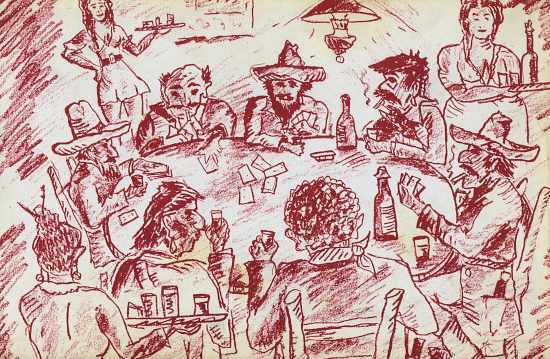
living in Mexico
Garland Clifton, who lived in Ajijic in the early 1960s, wrote Wooden Leg John, a satire on Americans living in Mexico, published in Washington D.C. in 1971. The book is a series of 20 letters from Bullard A. Loney to his “Uncle Sam.” He also wrote American meccas in Mexico: Guadalajara, Chapala-Ajijic, Manzanillo: a detailed discussion of these three vacation and retirement areas of Mexico. Garland moved to Arizona with his young Mexican wife Maria and their four children in 1967.
Joan and John Frost have lived in Jocotepec since 1966. Joan’s father, author Dale Van Every, lived briefly in Chapala in about 1957. Joan, writing as Joan van Every, has published several historical romances, some of which are set in Mexico. Her works include This Fiery Promise (1978), Lisa (1979), A Masque of Chameleons (1981), Kings of the Sea (1982), Portrait in Black (1985) and Silvershine (1986). Her husband John, the grandson of famous American illustrator A. B. Frost, is an artist and photographer, specializing in later life in colour aerial images of western Mexico, particularly of the rapidly developing coastal areas of the states of Colima and Jalisco. John has held several solo exhibitions of silkscreens and photographs in Los Angeles, Guadalajara and Colima.
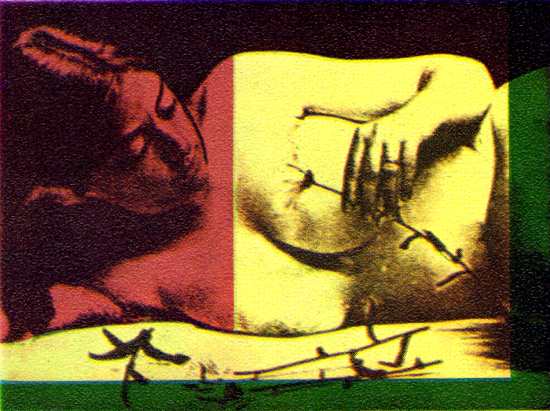
© John Frost; all rights reserved.
Arthur Ganung organized a small booklet published by his Lake Chapala Gallery (La Galería del Lago de Chapala) in Ajijic in 1972 entitled A Cookbook with Color Reproductions by Artists from the Galería. The 47 pages provide a variety of recipes alongside reproductions of works by many local artists of the time. The artists included in this booklet include Jerry Carr, Antonio López Vega, Eugene P. Nowlen, Antonio Cárdenas, Jack Williams, Prisdilla Frazer, Luz Luna, Arthur Ganung, José Olmedo, Marian Carpenter, Robert Nethery, Marjorie Nowlen, John Frost, Virginia Ganung, Tom Faloon, Lona Isoard, Hudson Rose, Luis Avalos, Mary Rose and Eleanor Smart.
New York native William (Bill) Gentes, who died in 2000, worked as a sign painter before becoming an accomplished printmaker. He moved to Guadalajara in 1971 with his wife Adele and their two children, before relocating to the shores of Lake Chapala a few years later. Gentes’ work was widely published, including in Don Adams’s book, Head for Mexico: The Renegade Guide (Trafford, 2003).
Gina Hildreth apparently lived briefly in Ajijic with her husband Philip, also a writer, in the mid 1960s. She wrote at least three books: A Man Died Here (1947), The Last House (1950) and Cry For The Lost (1959), all published under her maiden name Gina Dessart.
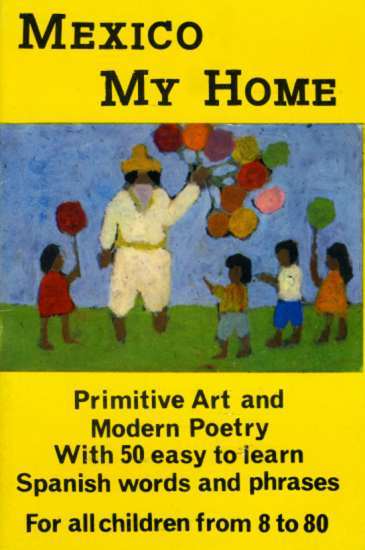
Eunice and Peter Huf were artists living in Ajijic who provided paintings in the Mexican primitive style for the 32-page booklet entitled Mexico My Home. Primitive Art and Modern Poetry With 50 easy to learn Spanish words and phrases. For all children from 8 to 80, published in Guadalajara by Boutique d’Artes Graficas in 1972. A collection of 16 paintings accompany short poems written by Ira N. Nottonson, also of Ajijic.
Hugh Allyn Hunt, and his wife Beverly, lived briefly in Ajijic in 1963 before moving to the outskirts of Jocotepec, where they continue to make their home. Hunt is a former editor and publisher of the Guadalajara (formerly Colony) Reporter, whose short story “Acme Rooms and sweet Marjorie Russell” was first published in the Transatlantic Review in 1966. His non-fiction has appeared in a number of newspapers and magazines in the U.S. and Latin America, including the Mexico City News.
Jerry Kamstra, an acknowledged former beatnik drug smuggler, wrote Weed: Adventures of a Dope Smuggler (1974). The book includes an account of his year-long stay in San Nicolás de Ibarra, a village a short distance east of Chapala, beginning in 1963, and of the LSD cult in Ajijic at the time. Kamstra, who also wrote a novel The Frisco Kid (1975), later served as director of The Henry Miller Memorial Library in Big Sur, California.
James Kelly retired from a position in New York advertising to Ajijic in about 1965, a few years after publishing The Insider (1958). He lived in the converted remnants of Ajijic’s first monastery, dating back to the 16th century. His other works include From A Hilltop (1941); No Rest For The Dying (1980), Music From Another Room (1980) and Blind Passage. He also contributed articles and book reviews to such publications as The New York Times, Saturday Review and Reader’s Digest.
Willard Marsh taught writing and poetry at the University of Southern California. He lived in Ajijic, though not continuously, for more than a decade prior to his death there in 1970. His short story Mexican Hayride, published in Esquire magazine, accurately depicted Ajijic in the 1950s and was chosen for Best American Short Stories in 1961. Marsh’s novel Week with No Friday (1965) tells the story of a troubled expatriate playwright living in Ajijic in the 1950s. Marsh was somewhat cruelly fictionalized in Eileen Bassing’s novel, also set in Ajijic, Where’s Annie? (1963), as a ceaseless writer named Willie Chester. Marsh also published Beachhead in Bohemia: Stories (1969), a collection of short stories, some also set in Ajijic or Chapala, featuring several of the same characters and scenes as his Week with No Friday.
John Mersereau, a prolific writer of mystery and adventure novels, some of which were turned into movies, lived in Ajijic with his wife Winona from the early 1960s until 1972. Mersereau’s son, John Jr., is also a published author and an emeritus professor of Slavic Languages and Literature at the University of Michigan.
Jerry Murray visited his friend Earl Kemp in Ajijic several times in the late 1960s before moving to live there for a year with his wife Di in 1970. Kemp edited and published a succession of science fiction, erotic and porn magazines. Murray relates stories from these times in his Weed, Orgasmic Days, y Laguna Lust, viewable on the web. In this essay, Murray refers to numerous Ajijic residents and famous or infamous incidents, as well as several “porn writers” that he met. Murray describes arriving in Ajijic in a new VW van and renting “a partially furnished two-bedroom house on Calle Juarez, with a patio and a deep back yard, a gardener and a maid for $85/month.”
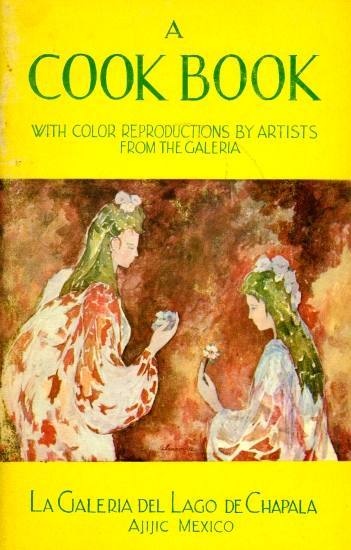
Artist Eleanor Smart, originally from Grosse Pointe, Michigan, worked in a variety of media (oil, acrylic, watercolor and collage). She and her husband Douglas visited the Chapala area many times before choosing to settle in Chula Vista in 1970.
Robert (Bob) Somerlott, who wrote both fiction and non-fiction, spent the winter of 1958 at lakeside and lived on-and-off in Ajijic from 1962 to 1965, before moving to San Miguel de Allende. His first novel, The Flamingos (1967), is partially set in Ajijic and Chapala. Using the pseudonym Jessica North, he also wrote Mask of the Jaguar (1982), River Rising (1975), The Legend of the Thirteenth Pilgrim, and The High Valley. His non-fiction works include “Here Mr. Splitfool”: An Informal Exploration Into Modern Occultism (1971), The Writing of Modern Fiction (1972), The Lincoln Assassination in American History (1998), and The Penguin Guide to Mexico (1991).
Charles Surendorf, first visited Mexico in 1968, making sketches including at least one in Ajijic, of a street scene, later used for carving an intricate block print. The print has fascinating details in the trees, buildings and people. Surendorf, who paid scant attention to art critics, was a prolific Californian painter and graphic artist whose work has often been compared to that of Thomas Hart Benton. Called by Art Digest one of the world’s top twenty-five woodblock artists, Surendorf’s prints are represented in many major museum collections.

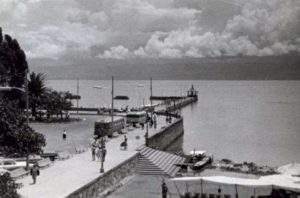
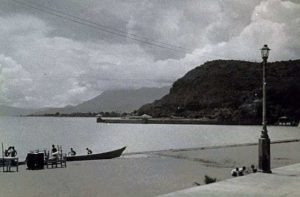
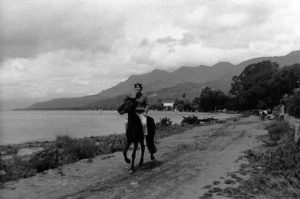
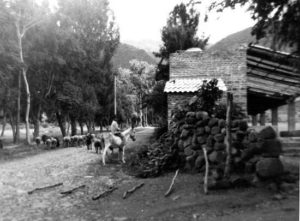
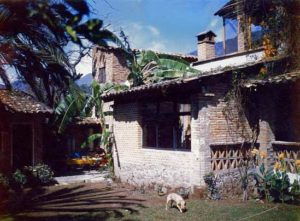
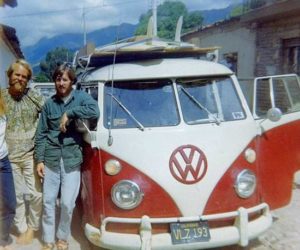
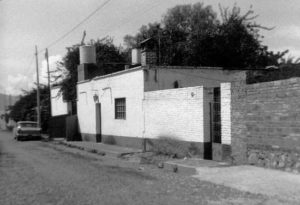
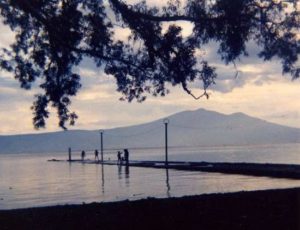
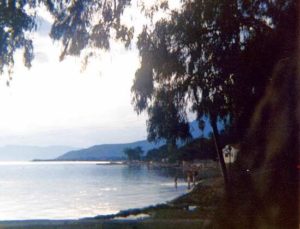
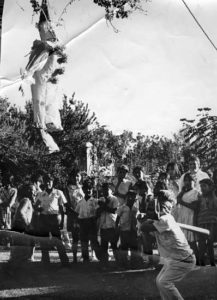
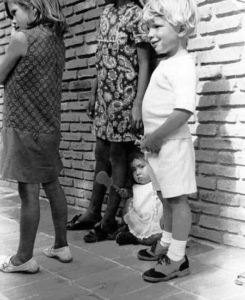
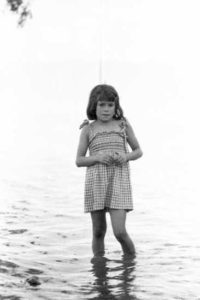
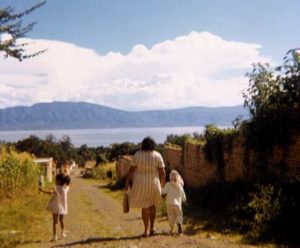
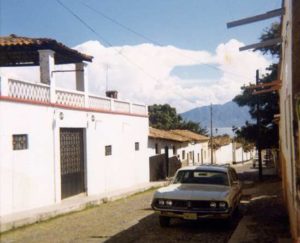
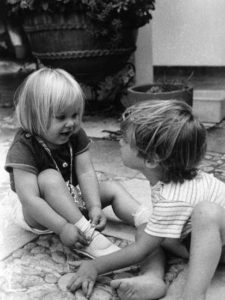
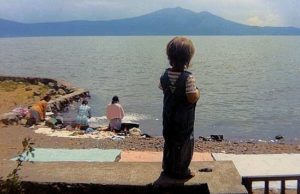
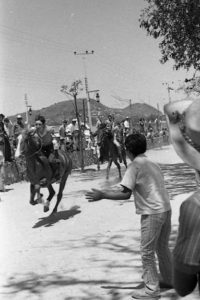
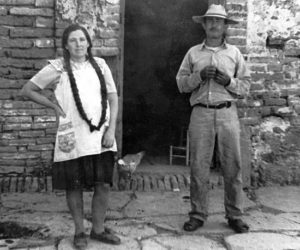
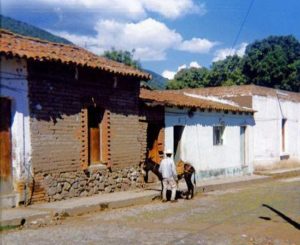
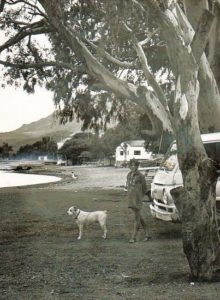
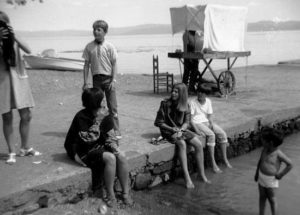
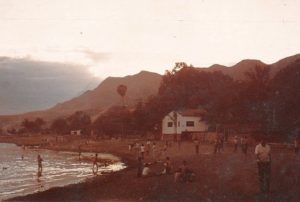
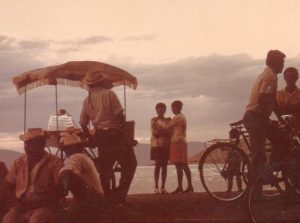
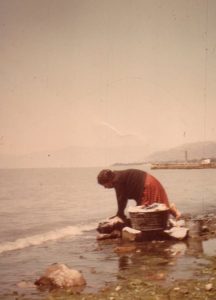
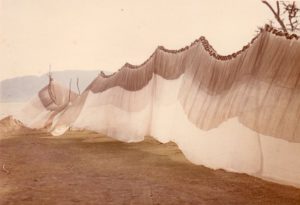
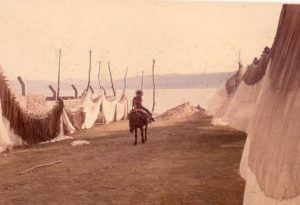
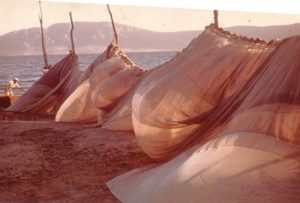
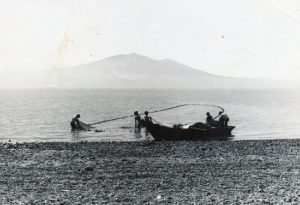
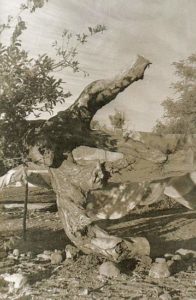
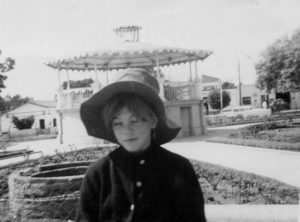
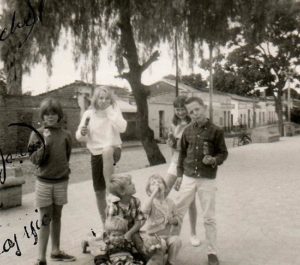
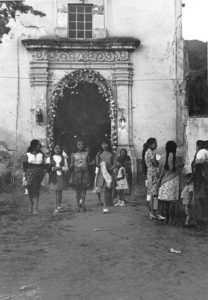
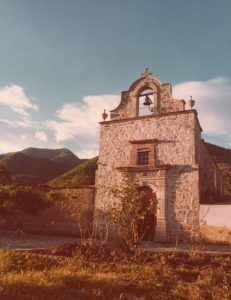
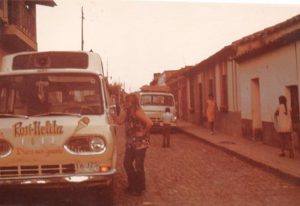
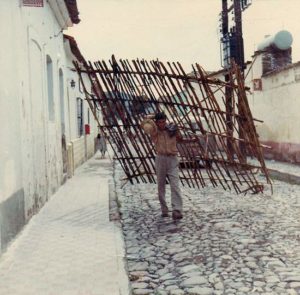
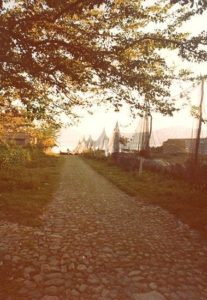
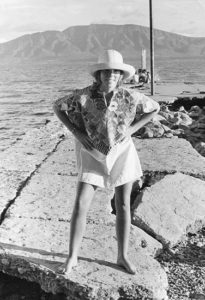
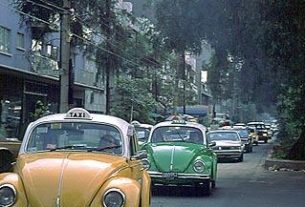
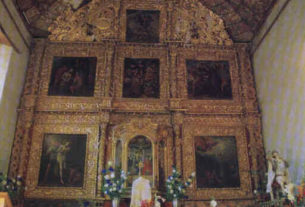
Lorraine Hansberry spent the summer of 1949 in Ajijic studying art, at a University of Guadalajara extentension Mexican Art Workship in Ajijic run by Mrs. Irma Jonas.
Indeed she did! (See my article elsewhere at https://lakechapalaartists.com/?p=2131)
However, I’m not quite sure what the link is between her and the (later) Lake Chapala artistic and literary scene in the 1960s and early 1970s.
Regards, Tony.